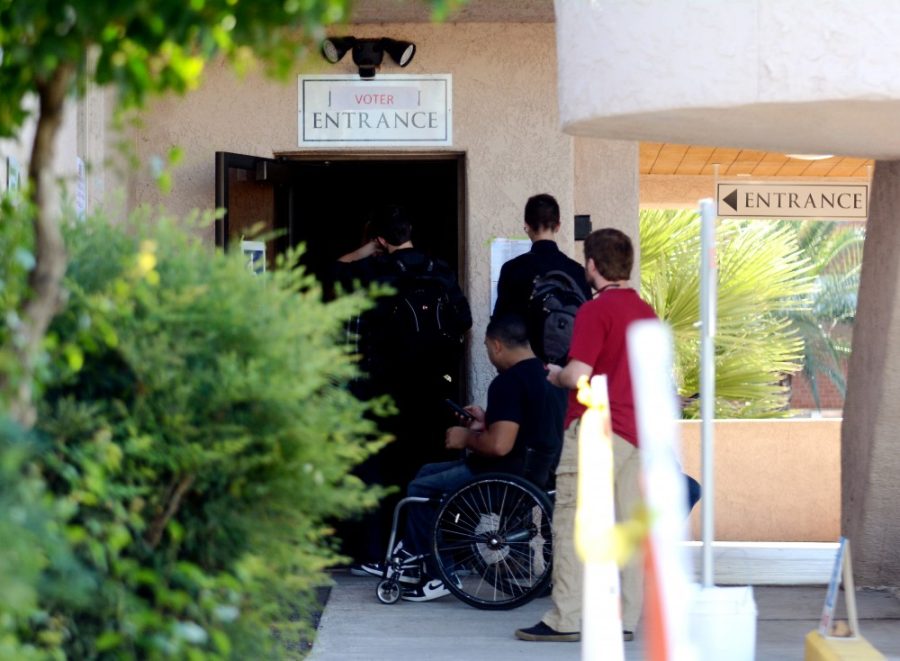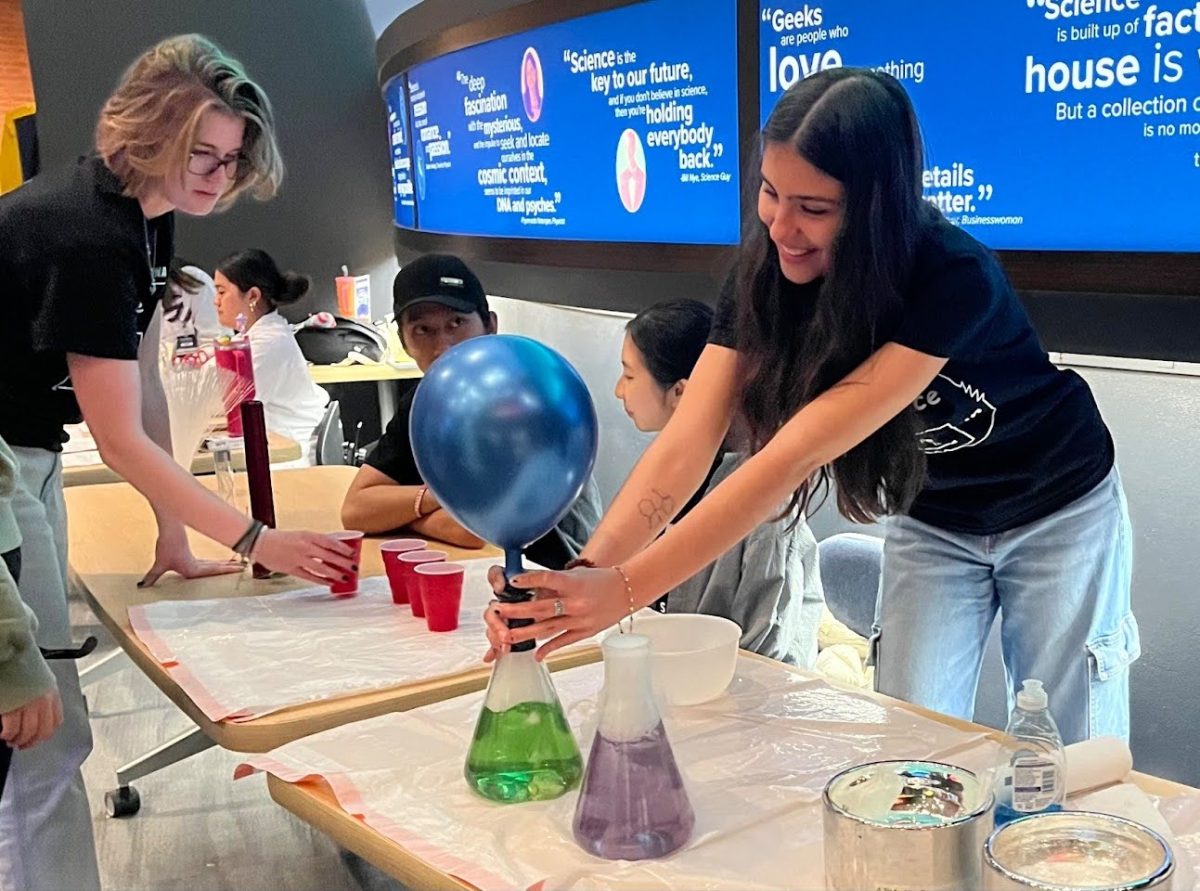In the wake of last week’s election, many are questioning the accuracy and utility of public polling for elections in the U.S.
Donald Trump’s victory, alongside many other surprising victories, came as a shock to the millions who had seen repeated polls showing Clinton as the favorite, consistently, until Election Day. By way of example, an informal online poll done by the Daily Wildcat had Trump’s chances coming it at a mere 34 percent.
Online polling is still in its infancy, but polling for politics is certainly not a new practice. While political researchers undoubtedly gauged the climate of voters for centuries, accurate professional polling didn’t arise until the formation of the Gallup Organization in 1935.
Theory and methodology have changed, but the heart of polling has remained the same since the 1936 election.
“Most professional polling, as opposed to internet polling, involves calling phones and asking people a couple of questions and hoping they don’t hang up,” said Katherine Barnes, a professor of law and assistant professor of economics at the UA.
Aside from a doctorate in law, Barnes has a Ph.D. in statistics and is a member of the UA Statistics Graduate Interdisciplinary Program. The Statistics SGIP is an organization providing advanced statistical training and research for M.S. and Ph.D. students focusing on the intersection of mathematics and biological sciences.
“The main issue with this is representativeness. Polling companies have gotten better over the years, especially with the inclusion of cell phones into the mix, but polls have a hard time getting in touch with certain demographics of people, particularly the younger generation,” Barnes said.
RELATED: Social media crucial in presidential election
In order to counteract these issues, data analysts apply a certain weight to pieces of their data. In essence, examining the demographics of the data sample means that the response of some people will count more than others in order to attain a representative set of data.
“One problem with polls is that after getting the information, they see that it is not demographically accurate so they need to go and adjust for it,” Barnes said. “Part of the problem is, how do you do that? That’s why conducting this kind of research is as much of an art as it is a science.”
While there are some commonly accepted best practices, the art aspect of polling has contributed to polls frequently disagreeing, according to Barnes.
“Even the people who took the polls and made them into models disagree over time, and so we’re all seeing choices they made about what the reasonable conclusions were.”
RELATED: Polling stations in two separate Cochise County cities ran out of ballots just as voting ended
Certainly, there is plenty of room for error in the current way polls are done, but there will always be a demand for this type of statistic.
“I have colleagues in local elections who aren’t polling,” Barnes said. “I think polling is important, but I don’t think it’s everything. Polls matter, they are important, but I think it’s easy to discount polls you don’t like and believe polls that you do like.”
The Gallup organization remains the gold standard for polling in the U.S.
Their standard for accuracy has come under fire in recent years as they failed to predict the winner of the presidential election this year, as well as in 2012.
Before these instances, Gallup successfully predicted all but two U.S. presidential elections since 1936.
“So the underlying question of ‘how much do you trust polls?’ is to remember that they are useful data that provide useful information, but you have to take them with a grain of salt, in general, because they aren’t necessarily representative and each group does their processing differently based on what they think is representative,” Barnes said. “People disagree on the best way of doing things and they end up making a difference in the end.”
Follow Chandler Donald on Twitter.









